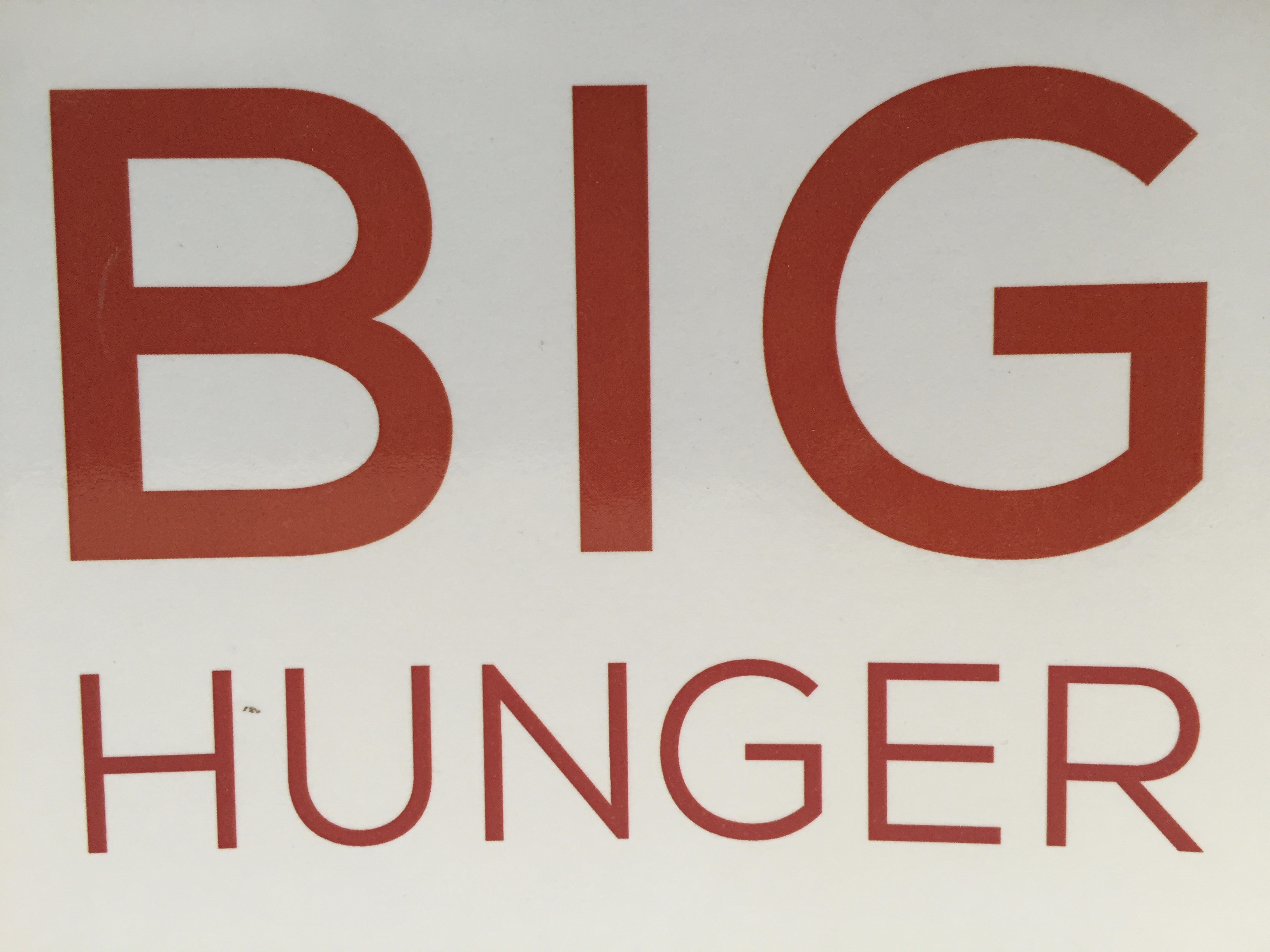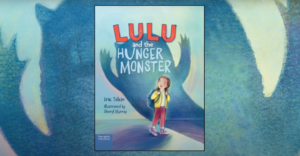To the people who work or volunteer at the nation’s food banks, the premise of Andrew Fisher’s book, Big Hunger, smarts. He means Big Hunger in the same sense as Big Data, Big Ag, or Big Tech — a powerful, behind-the-scenes force adept at manipulating the market, often to benefit a few at the top, at the expense of the majority. In this case, he contends that food banks are an essential cog in a system that benefits corporations and enriches food bank executives without doing much to sustainably help recipients. The implication is that food banks would prefer to have a steady stream of clients tethered to their services, than take serious action to lessen food insecurity.
Harsh, right?
As hard as it is to swallow, Fisher’s point is deftly made. He recounts the evolution of the food-banking system from a single food bank in Arizona to a network of more than 200 increasingly sophisticated warehouses that count pounds of food and people served as their measures of success. He lays out the many ways corporations benefit from the food-banking system: large retailers receive tax breaks and good will for the convenience of having food banks remove for free food that would otherwise go to waste. Through large monetary contributions, they also gain the cooperation of anti-hunger groups in remaining mum on profit-busting social issues, like higher minimum wages. Corporate interests have also infiltrated at the food-bank board level, hamstringing efforts at social reform that would get at the root causes of hunger, he says.
While Fisher makes a convincing argument, it seems a bit mean-spirited to lay blame for America’s food-insecurity problem on the same organizations that have been trying to alleviate it for decades. Food banks did not create the need; it was there. Fisher himself notes that food banks experienced their biggest growth during the Reagan administration when safety-net cutbacks collided with recession, boosting the number of food banks from 13 to 180 in only ten years, starting in 1979. Let’s not beat up the food banks for successfully increasing their capacity, resources and talent pools to meet a need that, at its core, is unrelenting. People need to eat, every day, ideally three times a day.
Fisher’s message, however, is not unwelcome. Perhaps this is just the time for food bankers to begin hearing it. Now that food banks have gained proficiency at meeting basic food needs, perhaps it’s time to turn to the bigger picture and more seriously consider ways they can better incorporate broader public policy and advocacy efforts into their agendas. Or take care to put together boards that better reflect the makeup of their clientele. Or reconsider what it means to be successful as a food bank — is it to strive for more clients or fewer?
Acknowledging that public policy can be “divisive, messy and time-consuming” with uncertain payoffs, Fisher helpfully describes some forward-thinking efforts undertaken by a handful of food banks and anti-hunger agencies, along with the odd initiative aimed at improving food access, economic development, job skills and nutrition education. These all provide useful blueprints for food banks that might be inclined to expand their mission beyond the basic goal of acquiring and handing out food. Fisher’s message is a good one, he may just want to make it in a less accusatory tone.
Connect with Us:



